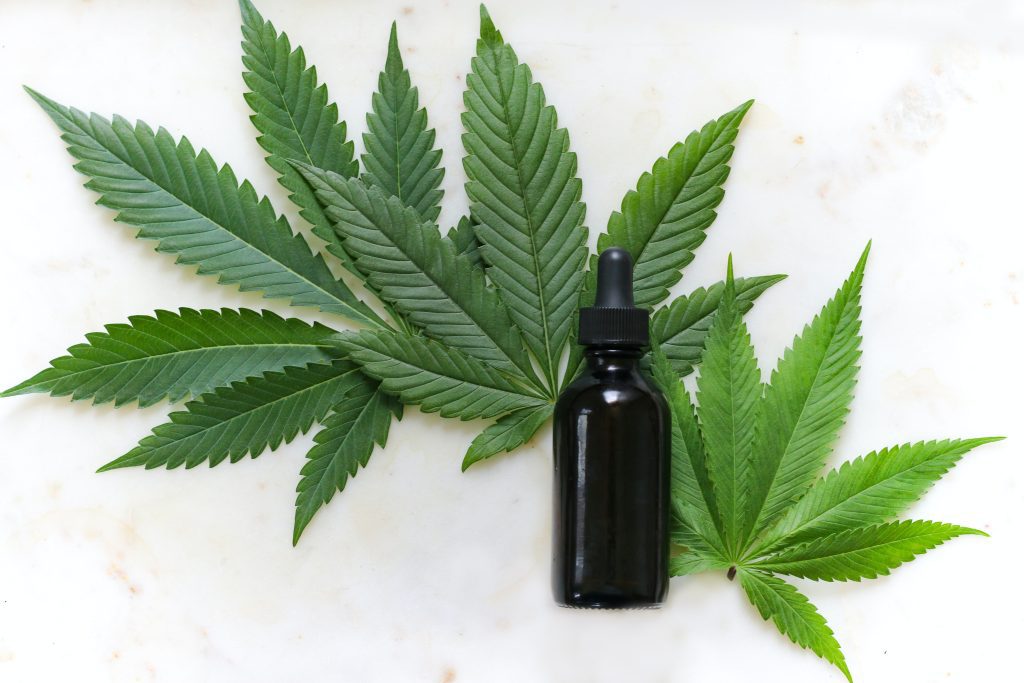A Brief History of CBD

It may seem like CBD has only become a big deal in the past 5 years, but its history is long and complex. CBD isn’t just a buzzword endorsed by celebrities but has been used in medicine systems for thousands of years.
CBD comes from the hemp plant, part of the cannabis family. Actually, cannabis and hemp are the exact same plant. The confusion comes from the legal classification of hemp vs. cannabis, which is based on the presence of the psychoactive compound, THC. Here’s the real history of CBD.
The Earliest Uses
The earliest recorded use of cannabis medicines was in China in 2737 b.c. when pharmacologist Emperor Cheng Neng included it in a definitive pharmacology text. We also know that cannabis was used in other parts of the ancient world including India, Mesopotamia, and throughout the Roman Empire.
What we know as modern CBD was first discovered in 1940 by Roger Adams, a chemist who identified and extracted it from a cannabis plant. Because the uses weren’t immediately visible, the finding was largely ignored for decades.
It wasn’t until the 1960s the compound was looked at more closely by Raphael Mechoulam, known as “the father of cannabis research”. He outlined the structure of CBD, and one year later isolated THC. The ability to compare the two compounds in isolation led to the conclusion that THC was responsible for cannabis’ psychoactive effects.
Changing Times
CBD was still largely dismissed in the decades following the ‘60s, due to its association with cannabis. Anecdotally, however, plenty of people were talking about the medical benefits of cannabis. The rise of the internet allowed people to connect and groups to form to discuss the potential medical benefits.
In 2010 Sativex became the first cannabis prescription medication. The UK government granted full regulatory authorisation for the product. Clearly, attitudes toward the medical benefits of cannabis were changing. People started paying attention to the history of CBD.
CBD was specifically brought into the public eye in a big way in 2013 when CNN in America released “Weed”, an hour-long documentary exploring cannabis’ medical value. The documentary featured a 6-year-old girl with a rare form of epilepsy that was cured by CBD, and whose family had to relocate to Colorado for treatment (which was the only legal state at the time).
The Rise of the Industry
In 2018, the US passed the Farm Bill, legalising cannabis plants with less than .3% THC present. This opened the door for US companies to produce CBD products, and the global market exploded. Suddenly CBD was in the hands of every influencer and celebrity and on the shelves of every vape shop. However, the early market was unstable, unregulated, and full of dubious-quality products.
In 2019, the EU moved to add CBD to the Novel Foods List. This required sellers to be licensed, get their hemp from a legal source, test the potency of their products, and show that they do not contain illegal levels of THC. This has led to a more stable market with a more consistent quality of products.
Today
Despite the history of CBD, it is a thriving industry that is still in its infant stages. There are still countries playing catch-up in their legislation on CBD, but it can be found in countries across the globe. The current market value of the CBD industry is over 6 billion USD and is one of the world’s fastest-growing industries. As further regulations and quality control continue to refine the market, CBD has a bright future ahead.
Crocq, A. (2020). History of cannabis and the endocannabinoid system. Dialogues in Clinical Neuroscience, 22(3), 223-228. https://doi.org/10.31887/DCNS.2020.22.3/mcrocq
Bridgeman, M. B., & Abazia, D. T. (2017). Medicinal Cannabis: History, Pharmacology, And Implications for the Acute Care Setting. Pharmacy and Therapeutics, 42(3), 180-188. https://doi.org/https://www.ncbi.nlm.nih.gov/pmc/articles/PMC5312634/

